Greece is celebrated for its rich history, stunning landscapes, and, of course, its mouthwatering cuisine. Greek food is renowned for its use of fresh, wholesome ingredients, and a remarkable part of this cuisine often overlooked by the world is “Horta” – a collection of wild greens and herbs that make up an essential aspect of Greek gastronomy. Beyond its delicious flavor, horta has earned a reputation as a superfood, packed with nutrients and health benefits. In this article, we will delve into the world of horta, exploring its history, preparation, and why it deserves a spot on your plate.
Horta: A Greek Tradition
Horta, derived from the Greek word for “greens” or “herbs,” encompasses a wide variety of wild, leafy greens and edible herbs that thrive in the Greek landscape. These greens are gathered from the fields, forests, and gardens across Greece, and they’ve been an integral part of Greek cuisine for centuries. Horta is more than just a culinary tradition; it’s deeply rooted in the Greek way of life, connecting people to the land and their ancestors.
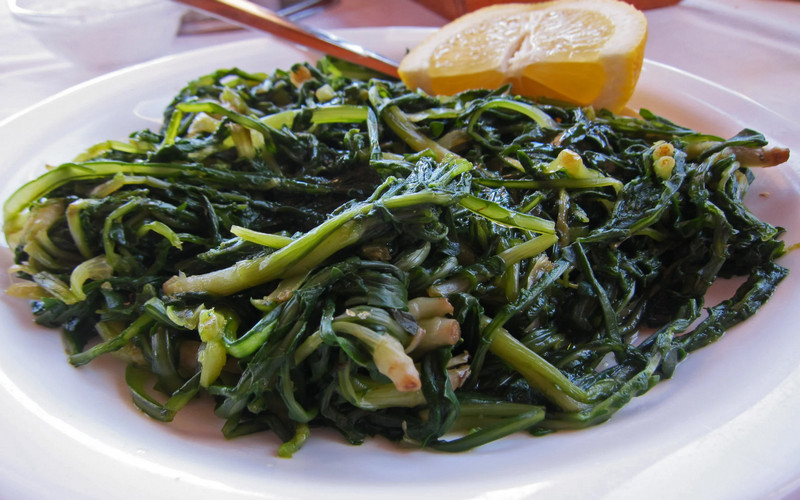
A Nutrient Powerhouse
One of the primary reasons horta has gained superfood status is its impressive nutrient profile. These greens are low in calories but high in essential vitamins and minerals. Some of the most common horta varieties include dandelion greens, amaranth leaves, chicory, and purslane. They are packed with vitamins A, C, and K, as well as essential minerals like iron, calcium, magnesium, and potassium. Additionally, horta is a rich source of dietary fiber, making it an excellent choice for digestive health.
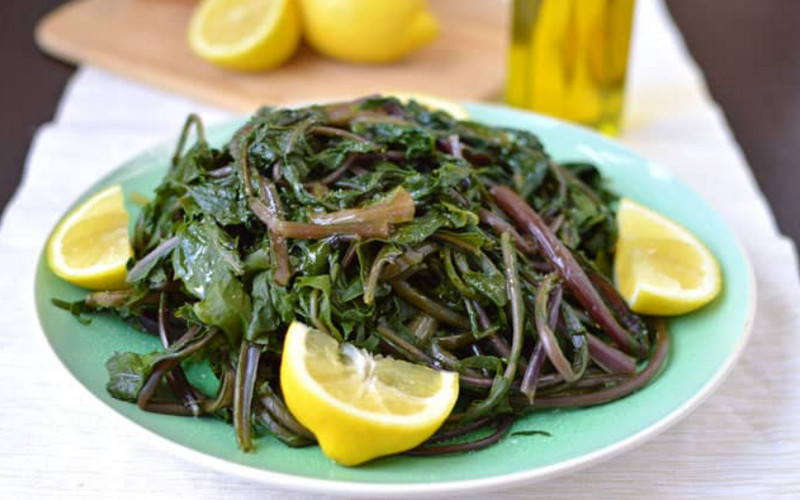
Antioxidant-Rich Goodness
Horta is also celebrated for its antioxidant properties. The vibrant colors of these greens are a visual testament to their antioxidant content, which includes carotenoids like lutein and zeaxanthin. Antioxidants play a crucial role in neutralizing harmful free radicals in the body, reducing the risk of chronic diseases, and promoting overall well-being.
Supporting Heart Health
The Mediterranean diet, of which horta is a prominent part, has long been associated with heart health. Horta’s high potassium content helps regulate blood pressure, while its fiber content helps lower cholesterol levels. The combination of these factors makes horta a heart-healthy choice that contributes to cardiovascular well-being.
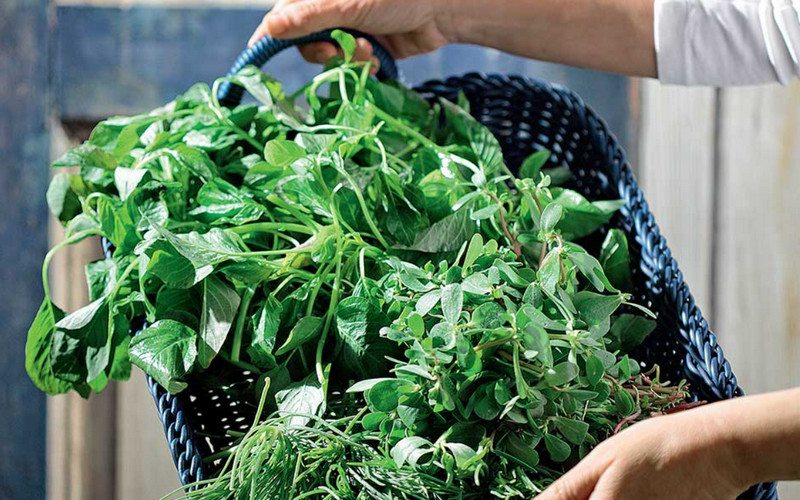
Aiding Digestion
The fiber-rich nature of horta not only supports heart health but also aids in digestion. It promotes regular bowel movements and a healthy gut microbiome. In Greece, it’s common to consume horta as a side dish to heavier meals, which can help balance the digestive process.
The Ritual of Harvesting and Cooking Horta
Harvesting and cooking horta is more than just a culinary practice; it’s a cultural tradition. Gathering horta often involves a family outing or a community event. It connects people to their natural surroundings and fosters a sense of community.
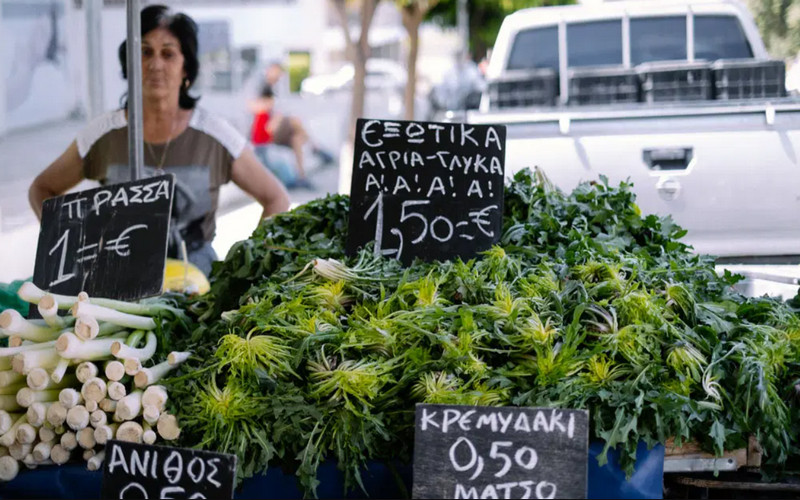
When preparing horta, it’s crucial to thoroughly wash and rinse the greens to remove any dirt or insects. The leaves and tender stems are then blanched in boiling water for a few minutes to remove bitterness. Once blanched, they can be prepared in various ways. A simple, classic recipe involves sautéing the blanched greens in olive oil and garlic, seasoned with a pinch of salt and a squeeze of lemon juice. This straightforward preparation highlights the natural flavors of horta while preserving its nutritional value.
Varieties of Horta
The world of horta is diverse, with countless varieties available throughout Greece. Some popular types include:
- Chicory (Roka): Known for its slightly bitter taste, chicory is often enjoyed sautéed with olive oil and lemon or used in salads.
- Dandelion Greens (Radikia): These tender, slightly bitter greens are a favorite in many Greek households, often prepared with a drizzle of olive oil and lemon juice.
- Amaranth Leaves (Vlita): Vlita is known for its delicate, earthy flavor and is often used in soups and stews.
- Purslane (Glistrida): Purslane is a succulent green with a lemony tang, making it a perfect addition to salads or sautés.
- Wild Spinach (Spanaki tou Voukourestiou): Similar to traditional spinach, this horta variety is versatile and can be used in various recipes.
- Nettle (Tsouknida): Despite its sting, nettle is a nutritious horta variety that can be blanched and used in various dishes, including pies and soups.
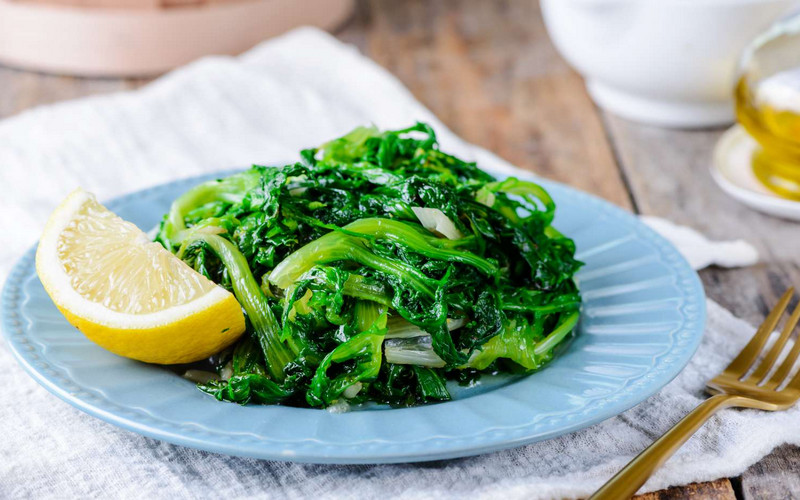
Horta is more than just a superfood; it’s a celebration of Greek culture, nature, and tradition. Its rich history, impressive nutrient profile, and culinary versatility make it a beloved staple of Greek cuisine. Beyond Greece’s borders, horta is gaining recognition as a healthy and delicious addition to a global diet.
As we continue to explore the benefits of whole, unprocessed foods, horta serves as a shining example of how simple ingredients from the earth can nourish our bodies and connect us to our heritage. So, whether you’re enjoying horta as a side dish, a salad, or a main course, you’re not just savoring a nutritious meal; you’re partaking in a tradition that has sustained generations of Greeks and continues to thrive today.





